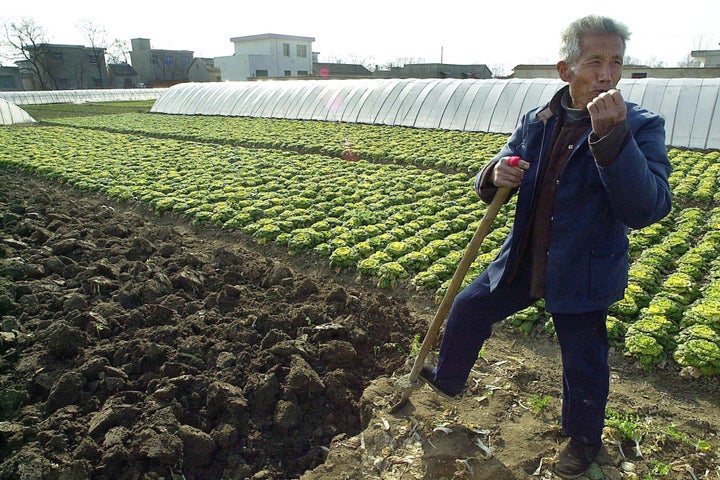
The debate about controversial plastic chemical bisphenol A (BPA), a synthetic estrogen, is heating up, with warring camps hurling data like flaming darts. Sometime later this month, the federal Food and Drug Administration is expected to announce its plans for evaluating and possibly restricting contamination of BPA in infant formula and other canned and plastic-packaged food and drink.
For those of you who like to follow every gnarly twist, we've posted an updater on environmental health developments on Environmental Working Group's Kid-Safe online news site.
Too busy? Here's a speedread.
Bisphenol A, whose family tree traces back to the petrochemical benzene, is an industrial chemical integral to the manufacture of polycarbonate plastic and epoxy resin.
These materials are ubiquitous. If you look around and don't see anything made with polycarbonate or epoxy resin, chances are you're living in a beaver den.
BPA-based synthetics are light and extraordinary tough, which is why they're valued. Personally, to tick off few random, unscientifically chosen examples, I'm totally fine with them in:
•Athletic helmets. They don't prevent every blow, but they help.
•Hockey arena "glass". Without it, second-row seats wouldn't be so awesome.
•CDs and DVDs. If they could only stop them from scratching.
•HIgh performance epoxy coatings. Bonus: check out my dream car.
•Eyeglasses. Light, safer polycarb keeps my glasses lenses from looking like bottle bottoms.
•Sailboat repairs.
I could go on. Cell phone and computer cases. Aerospace. Headlights.
The thing is, we don''t eat off our headlights.
Scientists who study the endocrine system, brain, reproductive system and several other important systems are convinced that BPA is a problem, a big one, when it shows up in food and beverage bottles, cans and other things that come in contact with food. For reasons known best to polymer chemists, both synthetics are chemically unstable, which means that BPA migrates out of them, particularly when they're heated or subjected to acids or caustics. That's why federal investigators have found traces of BPA in 93 percent of Americans over age six, and many other researchers have found trace BPA contamination in pregnant women, newborns, wildlife and the environment.
Because of the burgeoning political and regulatory battles over BPA in food packaging, makers of polycarbonate baby bottles are switching to non-BPA plastic, following the lead of some major sports water bottles. But other water and drink bottlers are still using polycarbonate bottles (signified by the number 7). And then there are the food canners, who insist they don't have a good substitute for epoxy resin can lining.
Here's my list of seven things that need to be BPA-free, fast:
•Canned infant formula. Come on, people.
•Canned chicken noodle soup. Critical for the next cold and flu season.
•Coca-Cola. As a Georgian, I believe it heals hangovers and other ailments that don't yield to chicken soup.
•Sports bottles. Hydration is key. Thanks to Nalgene and Camelbak for dumping BPA. And SIGG, belatedly.
•The Potomac River.
• Amniotic fluid and umbilical cord blood. Really.
•Beer.
What's on your dump-BPA list?